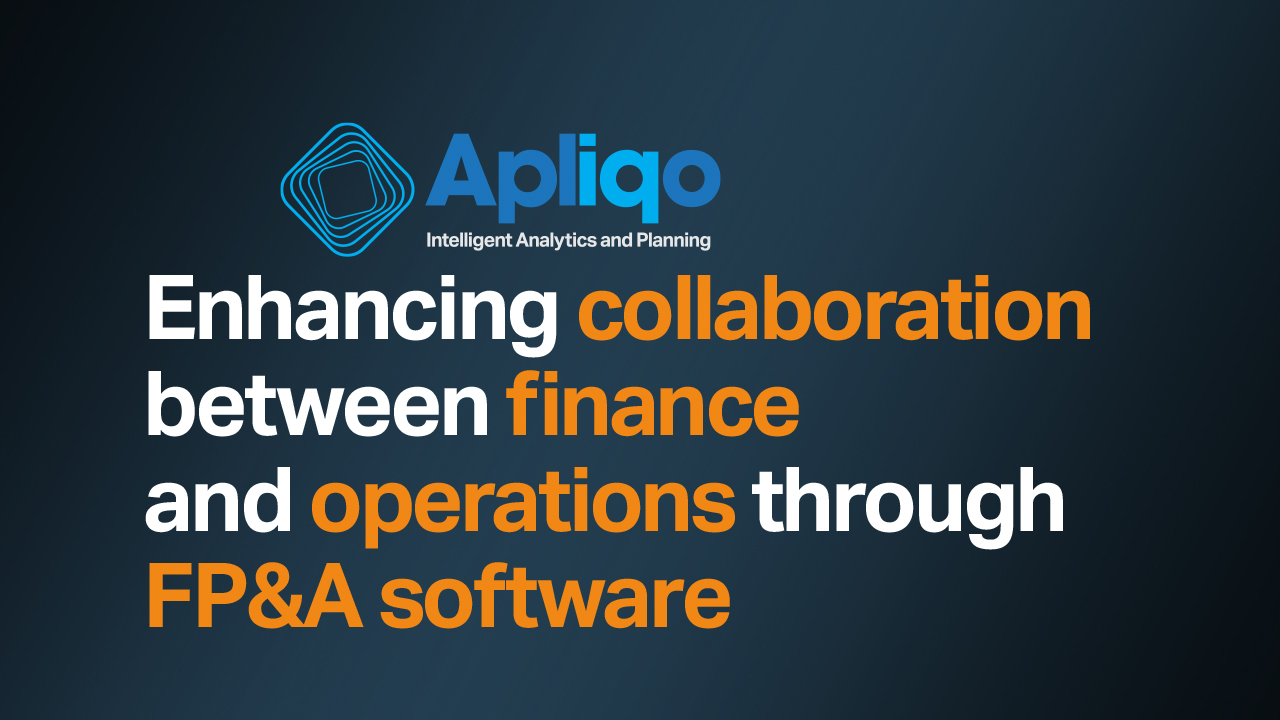What is your role at Apliqo and how does your work impact the development of Apliqo C3?
As Technology Executive at Apliqo my concern is to deliver sustained value to our customers. This is achieved when we relentlessly seek simplicity, completeness, scalability and flexibility. Of these, the most important and hardest to achieve is simplicity. Without it, the time that it takes to reach benefits expands as the learning curve takes longer. Completeness means that – from the start – the product delivers the broadest functionality possible so that value is reaped quickly. Clearly though, in analytics no product can cover all possibilities and here is where flexibility comes in. It makes the product tailorable and adaptable to the particular focus and priorities of the enterprise and to the changes in the business environment that inevitably come. Finally, scalability needs to accommodate the broadest size of enterprise possible and prevents performance roadblocks from subtracting value.
In 2015 you have come out of retirement, one of your motivations was to help Apliqo C3 realise its full potential. What was the exact decisive moment that made you take this step and pushed you to work on Apliqo C3?
After I left IBM, I felt my mission to promote the use of TM1 was not complete. I felt its potential was far from achieved. The concept and benefit of TM1 was very clear in my mind, but as you well know, it is evident only to a select few. Why this is so remains a mystery to me after all these years. But when I saw Apliqo C3 for the first time, the concept of a ready to install financial application for TM1, I realized that the wish that I had from the very beginning – to deliver a solution rather than a tool to attain a solution – was finally realized and that this was the way to bring the benefits of TM1 to a much larger audience.
In your eyes, what are the most exciting aspects of the new version of Apliqo C3?
As with all products, a concept needs time to mature. Apliqo C3 has had the benefit of broad usage which has resulted in streamlining and further simplification of its components. Also the integration of its various components has been improved and simplified. This process will continue, but I feel it has reached an excellent level of maturity.
How exactly can Apliqo C3 help companies improve their financial reporting process better than the conventional solutions? What makes the difference?
There are many products that claim to be solutions for financial planning and reporting. Many of them deliver significant benefits, but most suffer from the weakness of edifices that are built on a shaky foundation. Very few software solution products, particularly in analytics, can be one-size-fits-all. The flexibility of Apliqo C3 afforded by the functional database model makes it possible to tailor solutions to specific industries and enterprises, and to adapt to changes that will inevitably come.
Let’s have a look into the future. How can Apliqo continue to play a pioneering role in the area of financial reporting and forecasting?
In my view, all the fundamentals for a great success are there, but you should never go to sleep on your laurels – the business environment and the requirements for a solution like C3 are ever changing. Also, the competition will always be there trying to nip at your heels. My recommendation is to follow the cycle that is at the heart of the success of TM1:
- Develop a reasonably complete and functional solution. This you have.
- Let users put it to use and push its limits.
- Listen carefully to their new needs.
- Based on those, project, as well as possible, what their future needs might be.
- Deliver a new capability that delivers on current and projected needs.
- Loop back to 2. and repeat the cycle.
Apliqo has done a few cycles of this, thus the maturity of C3, but we need to continue relentlessly.







